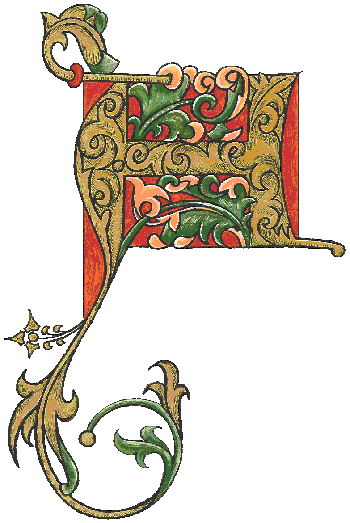|
For thousands of years man has left his mark in stone. Early monolith structures and the more highly elaborate hieroglyphics, tell, through symbolism, of events and stories from the past. The Great Roman period introduced the Trajan letterform, which is still today, widely used as a basis in the art of letter carving.
More recently I have opened my workshop to lecturing independently in the art of hand carved lettering in stone. The workshop itself is a listed mews building situated within the heart of Bath and only a few minutes walk from the Abbey itself.
In my view there seems to be a great void within the memorial industry with the introduction of the computer and sand blasted fonts on which many memorial masons now depend.
My aim is to rekindle the art of memorialism by covering the whole spectrum of lettering by hand that, sadly, is rarely taught today. When lecturing to a student that has been sent by a memorial company, my aim is to keep in mind a commercial approach that the student could then take back to his employer. Courses would cover from the very early stages of setting out in pencil form lettering that would be carved firstly in San Serif. This style later would lend itself well to the art of flush lead finish that was widely used in Victorian times. With the mention of lead, there would also be the chance to cover the art of raised lead lettering, which, again can only be achieved by hand. Many war memorials are lettered in this way, not to mention numerous headstones of the past.
Because granite is so widely used now, I also include this in my programme. A material that is looked upon by many as being so hard can also lend itself surprisingly enough to fine letter carving and some quite outstanding results.
Courses also cover the art of finer letter carving that is found in slate. The Trajan letter is a firm favourite because of the delicate serifs achieved with the chisel. Many other letterforms and styles can be carved with the aid of a good background and knowledge of calligraphy. This would help students in many ways and may even take them into an art form with lettering if they so wish.
The courses may appeal to someone who has for instance worked for a long time in administrative positions and is now seeking something totally different and creative. Alternatively, you may be in a position of retirement or convalescing after an illness. Indeed, the nature of this work can provide a form of escapism and be very therapeutic. For a student already studying Art and Design at a College or University, this course may be of help with a future career as it allows hands-on involvement with stone itself.
The main approach and intention of all my courses is to give as much emphasis to that very thing (hands on!) to gain as much experience as possible.
With Mynis maybe you, too, could ‘Make Your Name In Stone’
|

